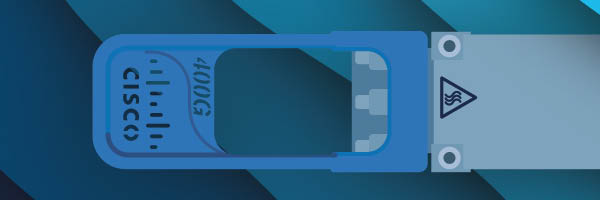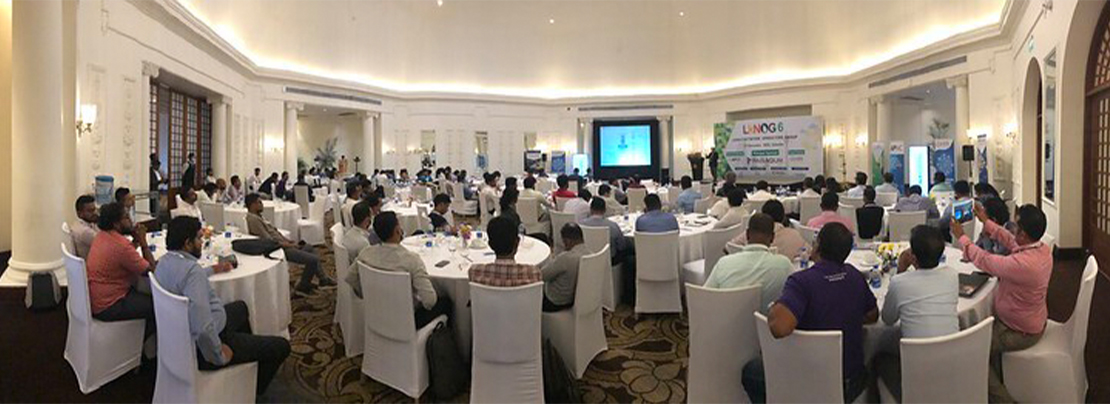Topic: routing
Possible for pfSense to act as VPN client and server at the same time?
Recent Questions - Network Engineering Stack Exchange | Published on: 2022-12-28
Yes, that's most likely possible. Most VPN protocols like IPsec or OpenVPN are originally peer to peer, with client-server functionality often added as an option. Client implementations can usually only handle the client side, server implementations should be able to do peer to peer as well.......

Opinion: Is secured routing a market failure?
APNIC Blog | Published on: 2022-12-15
The Internet represents a threshold moment for the communications realm in many ways. It altered the immediate end client of the network service from humans to computers. It changed the communications model from synchronized service to asynchronous, and from virtual circuits to packet-switched.......
Routing help - can ping device to router, but not device to router to device
Recent Questions - Network Engineering Stack Exchange | Published on: 2022-12-03
for some reasons I don't want to go into (there is only one kind of router that can transmitt data throught that long internet cable) I have to have 2 NATS here is a picture of my network diagram I would like to ping the device on 192.168.89.240 from 192.168.1.4 I added the route to my......

Video: Internet Routing Security (DEEP 2023)
ipSpace.net Blog Posts | Published on: 2024-12-12
My Internet Routing Security talk from last years DEEP conference (a shorter version of the Internet Routing Security webinar) is now available on YouTube. Hope youll find it useful ;) Watch the video...

Why optics are more important than ever for high performance routing (Part 6 of 6): Cisco Optics Podcast Episode 34
Cisco Blogs | Published on: 2022-12-16
Episode 34 of the Cisco Optics Podcast is now posted! See below for episode notes. Cisco’s 8000 Series Router changed the game in high end routers, largely thanks to the Silicon One ASIC. It also introduced to the industry some of the first 400G ports along with Cisco’s QSFP-DD form factor......
Why does MPLS use labels to make forwarding decisions instead of destination IP addresses?
Recent Questions - Network Engineering Stack Exchange | Published on: 2022-12-08
I am learning about MPLS at the moment. I know that routers in general make forwarding decisions based on the destination IP addresses and available routes in the routing table. However, with MPLS it's different. MPLS uses labels. Why does MPLS uses labels instead of destination IP addresses......

BGP in 2024
APNIC Blog | Published on: 2025-01-06
At the start of each year, it’s been my habit to report on the behaviour of the Internet’s inter-domain routing system during the previous 12 months, looking in some detail at some metrics from the routing system that can show the essential shape and behaviour of the underlying interconnection......

Event Wrap: LkNOG 6
APNIC Blog | Published on: 2022-12-13
APNIC supported and participated in , which was held in Colombo, Sri Lanka from 18 to 23 November 2022. The event welcomed around 200 participants to take part in workshops and hear from conference speakers on topics including system and network security, segment routing and Software Defined......
Why does recursive routing happen?
Recent Questions - Network Engineering Stack Exchange | Published on: 2022-12-05
That problem isn't specific to GRE tunnels but applies to tunnels in general. The most obvious example is when you create a client VPN with no split tunneling = all traffic should enter the tunnel, not just to intranet destinations. That means that you'd want the default route to point into the......

IBGP Source Interface Selection Still Requires Configuration
ipSpace.net Blog Posts | Published on: 2024-12-10
A fellow networking engineer recently remarked, “FRRouting automatically selects the correct [IBGP] source interface even when not configured explicitly.” TL&DR: No, it does not. You were just lucky. Basics first. BGP runs over TCP sessions. One of the first things a router does when......

New alert options for DASH
APNIC Blog | Published on: 2022-12-09
APNIC is pleased to announce the release of a new feature in the Dashboard for Autonomous System Health (DASH). Based on the alignment of Border Gateway Protocol (BGP) with Resource Public Key Infrastructure (RPKI) and Internet Routing Registry (IRR) objects, DASH now has alerts for when these......
How do I configure a Cisco router to relay DHCP packets to DHCP server on the basis of different VLAN?
Recent Questions - Network Engineering Stack Exchange | Published on: 2022-12-07
The DHCP config looks OK, but I don't see how RO2 could know where those subnets are actually located - RO1 might use its local subnet addresses as source for the relay packets. RO2 either requires a default route via 192.168.25.26 or - better - specific routes for 192.168.15.0/24 and......

Don’t fall for uCPE disinformation!
Technically Speaking | Published on: 2022-12-07
An open and modular architecture But first, let’s set the context of the discussion. NFV and uCPE are built on the idea of moving from a closed network appliance to an open and modular system. The example below shows the following layers, from top to bottom: Virtual network functions (VNFs): the......

Monitoring, awareness, and community at the centre of NTT’s RPKI deployment
APNIC Blog | Published on: 2022-12-14
Over the last two and a half years, Senior Software Engineer for NTT’s Global IP Network (GIN), Massimo Candela, has been sharing their experience deploying Resource Public Key Infrastructure (RPKI). During this period and across various events, Massimo has encouraged the network operator......

IPv6 extension headers in routing security
APNIC Blog | Published on: 2022-12-14
IPv6 has been gaining traction since it was introduced and was intended as a solution to IPv4 address space constraints and security issues. Despite the clear advantages of the protocol, adoption of IPv6 throughout the industry has been hindered by a few factors, including misperceptions in IPv6......

